China’s Oil Spill Threatens International Waters
The world’s largest energy consuming country is plagued by an oil spill predicted to cause long-term ecological damage.
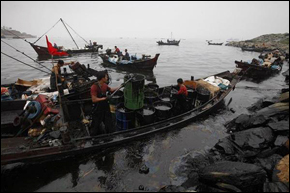
China is employing a mixture of primitive and advanced materials in its efforts to clean up the country’s biggest oil spill, the Telegraph reports. The spill coincides with an announcement by the International Energy Agency, an intergovernmental energy policy advising organization, that China has surpassed the United States to become the world’s largest energy consumer.
Volunteers have used everything from their hands to chopsticks, as well as other rudimentary materials to aid China’s recovery efforts from an oil slick along the country’s northeast coast. Other methods have included the use of 40 oil-skimming vessels and nearly 800 fishing boats to aid human efforts already underway on the shore. Oil barriers and oil-eating dispersants have also been employed, according to Xinhua.
Officials hope to prevent the spill from contaminating international waters the Washington Post reports. Heavy winds have accelerated the dispersal of oil and caused the size of the oil spill to double, according to the BBC.
The week-old oil spill released an estimated 11,000 barrels of crude into the Yellow Sea after two pipelines exploded at a port in Dalian. The explosion ignited a fire that took 15 hours to contain, the AP reports.
By Wednesday, China’s oil slick covered approximately 165 square miles. Environmental groups maintain that the ecological damage from the pollution caused by the Dalian spill will persist for years to come.
“The oil spill will pose a severe threat to marine animals, and water quality, and the sea birds,” said Huang Yong, deputy bureau chief for Dalian, China Maritime Safety Administration, according to theAP.
Oil has already reached popular tourist beaches such as Jinshitan Golden Beach and Boshiwan according to Greenpeace. Many beaches remain off limits, which has been a blow to businesses during the height of the summer tourist season.
The slick has also jeopardized the region’s seafood farming industry as an estimated 10,000 shellfish farms have been contaminated. Fishing around Dalian has been banned until late August the AP reports.
Officials are investigating the the explosion of the pipeline, which is owned by China’s largest oil firm, China National Petroleum Corporation. The spill has disrupted economic activity in the port and limited oil shipments to southern China’s industrial factories, Foreign Policy reported. The Dalian port is China’s second largest port for crude oil imports.
According to local media, the port has been the subject of safety concerns for several years. A 2006 National Environmental Protection Bureau study on the oil industry identified five projects that could be potential risks and re-iterated the need for precautionary safety measures the China Global Times reports. In the wake of the Dalian oil spill, Chinese officials have urged local transport authorities to evaluate all ports that handle dangerous chemicals, according to the New York Times.
For more on the impact of oil spills on freshwater, check out Circle of Blue’s special report, Bottomless Precedent: BP Gulf Gusher Endemic to Global Oil Problem.
Sources: Telegraph Company UK, AP , the Washington Post, Xinhua, Xinhua, the Telegraphy Company UK, Popular Science, Xinhua ,the New York Times, the China Global Times, Foreign Policy, the Christian Science Monitor, Greenpeace, BBC, AP, AP, Drury University

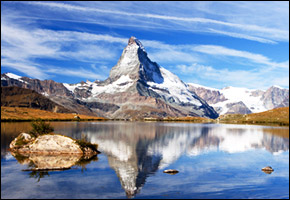
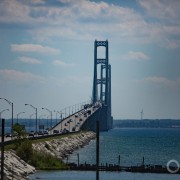
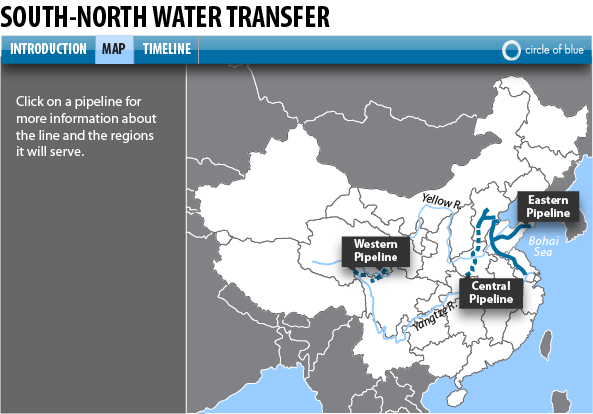


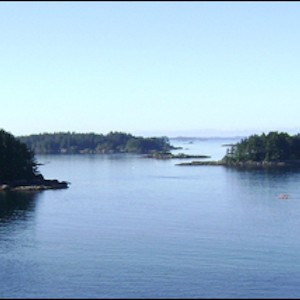

Leave a Reply
Want to join the discussion?Feel free to contribute!